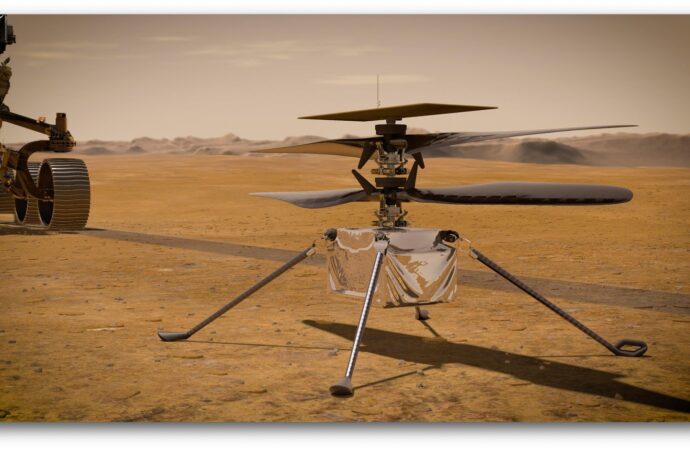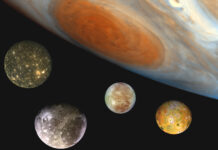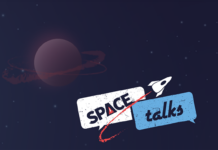Curiosity can’t wait for his new coworker Perseverance to hit the thin Martian atmosphere next February 18th. As you read this, the NASA rover cruises inside its cozy capsule, bracing itself for the hardest part of the journey: entry, descent, and landing on Mars. The delicate maneuver has been nicknamed by NASA operators as the seven minutes of terror.
The Mars 2020 capsule will need to perform several steps to gracefully “slam the brakes” without help from anyone on Earth. Fortunately, the landing plan and technology are based on those successfully employed with Curiosity. However, this time, not every step is programmed: the smart capsule will make real-time decisions.
Perseverance’s new descending gadgets include the Range Trigger, which will evaluate and determine the best moment to open the parachutes after the capsule endures a 1300ºC inferno, and the Terrain Relative Navigation, which will study the landing site and correct the course to ensure a safe touchdown.
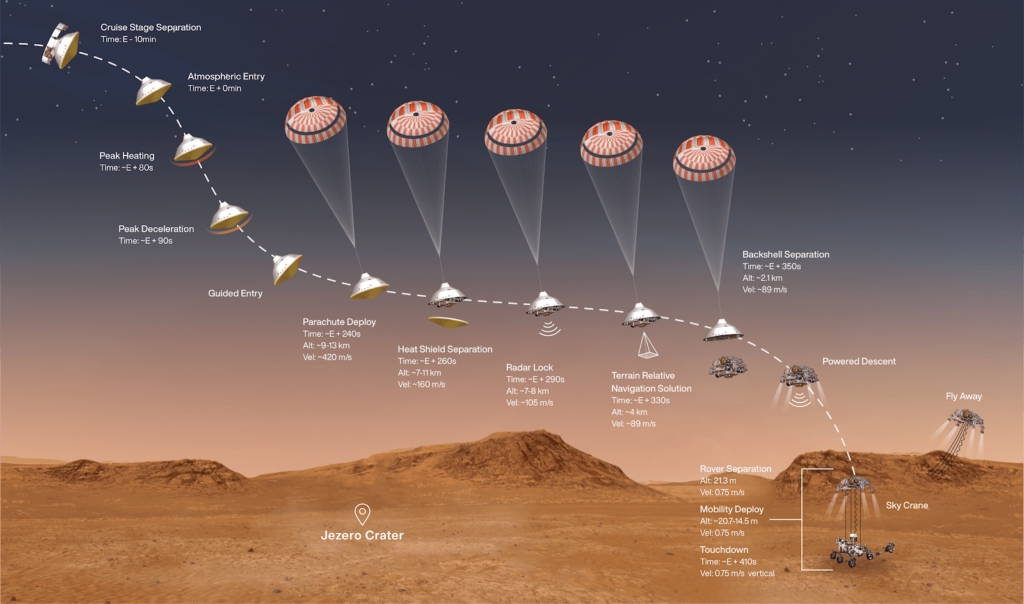
Three arrivals, three cultures
Perseverance won’t be Curiosity’s only new companion. The race to the remote-controlled colonization of the red planet is tightening. Despite the setbacks imposed by the COVID-19 pandemic, three countries with three distinct cultures launched their Missions to Mars in July 2020. All of them were successful and are expected to arrive at Mars in February.
The other two missions are Tianwen-1 from the Chinese National Space Administration (CNSA), consisting of an orbiter and a rover, and the probe Hope from the Mohammed bin Rashid Space Centre from the United Arab Emirates.
But, why are the three missions so eager to fly to Mars at the same time? The reason is that the window to catch up with Mars as its closest to Earth is very narrow and occurs every two years. July 2020 was the perfect occasion; the next opportunity will be in 2022.
Heavenly questions
Tianwen (Tian: 天- Wen: 问) means “ask the heavens”. It is the name used by the poet Qu-Yuan ( Century IV, b. C.) in his “heavenly questions” piece, which begins with:
Ere creation, who could tell
All the changes that befell?
What strange arts can be employed
To know what passed when all was void?
Ere light and darkness merged in space,
Who can fathom what took place?
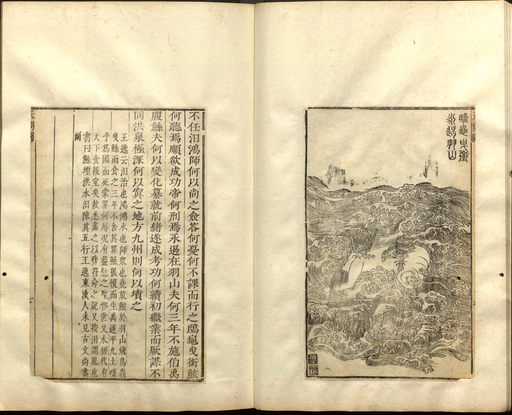
In the lengthy poem, Qu-Yuan asks 170 questions about the stars, the climate, China’s history, and nature’s laws.
Great Nature’s laws all change defy,
Life runs its course, and all must die.
Honoring Qu-Yuan, the scientists of the Chinese Space Administration CNSA decided to call their whole interplanetary program Tianwen. Their first mission, Tianwen-1, is at this moment closer to Mars than to Earth. Although the spaceship will arrive on February 11th, the still-unnamed rover is scheduled to land on Mars in May.
This is the first Chinese mission out of the Earth’s gravitational domain. They will insert a satellite in orbit and dare to land and operate a rover. The entry, descending, and landing will follow the steps similar to past NASA missions. The landing phase evokes the 1996’s mission Pathfinders: the lander and rover will touchdown together, and after that, the lander will deploy a ramp to let the 240 kg rover come out.
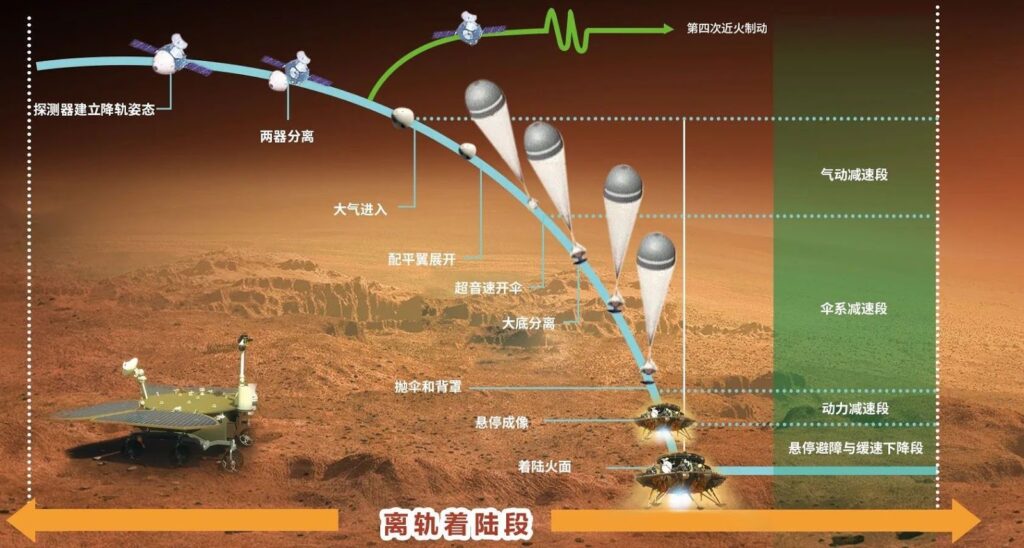
Hope
Hope is the first-ever interplanetary mission for any Arab Estate. Less bold than Tianwen-1, the Emirates Mars Mission will only have an orbiter. During one Martian year (two Earthy years), it will collect data to understand the atmosphere’s dynamics and how the gases and water are escaping from Mars gravity.
Sheikh Mohammed, Dubai Prime Minister, said the Emirates Mars Mission team chose the name Al-Amat (Hope) for the probe as a “message of optimism to mankind”. “Our space mission is aimed at serving humanity,” he declared.
Once upon a time, in the middle ages, the Arab World was at the forefront of innovation and science — developing great math, astronomy, and optics. Honoring their ancestors, scientists from the Emirates decided to push forward the Arab interplanetary exploration.
The insertion of Hope on Mars’ orbit is also expected next February.
The science we will learn from the new arrivals on our neighboring planet
In the search for footprints of ancient Martian life
Investigations on Mars geology reveals an ancient planet more similar to the Earth than it is today. Once, rivers and lakes of liquid water ran through the planet, a denser atmosphere regulated its climate, and a magnetic field shielded it from the Sun’s radiation. For these reasons, many scientists are convinced it is worth searching for footprints of past life on Mars.
Perseverance will search for specific patterns, elements’ relics, and organic molecules that microbes typically leave in rocks that paleontologists assess as evidence of life.
Other novelties of NASA 2020 Mars Mission will be:
- To deliver Ingenuity, a helicopter-drone that will assist Perseverance in mapping the ground at a low altitude, planning routes, and identifying interesting places while performing the first flying tests of a drone on Mars.
- To collect rocks and soil and guard them for the next mission to bring Martian soil to Earth.
- To test a method for producing oxygen in the Martian atmosphere and identify resources that can be exploited for future human exploration and colonies.
3D image Perseverance Credit: mars.nasa.gov
Looking for pockets of water
Evidence of liquid water on ancient Mars suggests that, although the superficial water evaporated escaping the Martian gravity, there might still be underground water. The Chinese mission Tainwen-1 will search for those hypothetical pockets of water.
The landing site, Utopia planitia, was chosen by the Chinese Space Administration because NASA orbiter Reconnaissance discovered deposits of water-ice in this area.
The rover will also search for hydrated minerals, proportioning clues on the Mars climate’s regional evolution.
Meanwhile, the orbiter will map the surface and weather in the rover’s area, supporting its investigation, and survey the topography, geomorphology, and atmosphere of the planet.
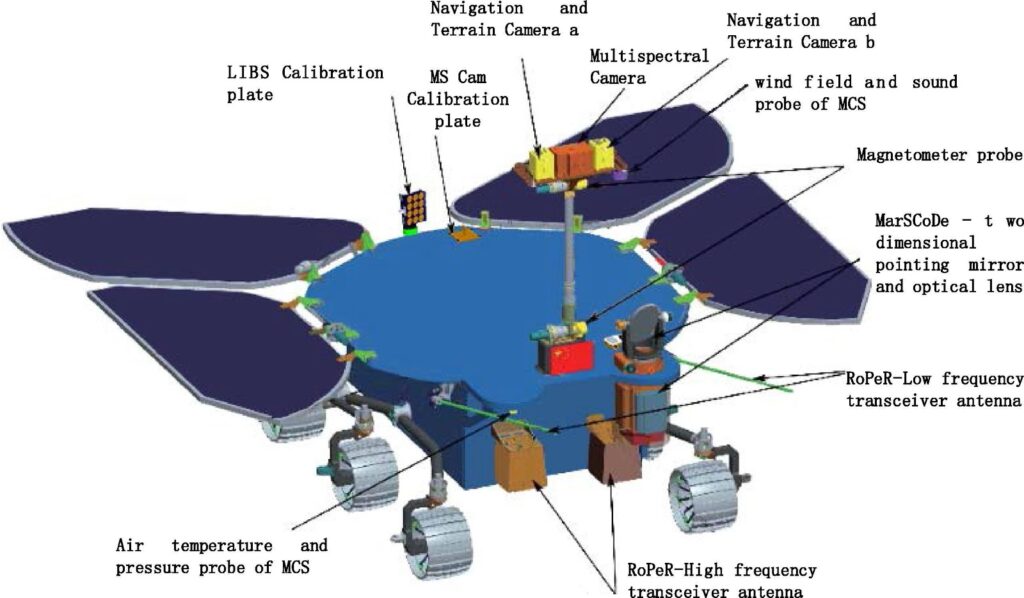
Atmospheric components escaping from Mars
The Emirates Mars Mission will map the surface and the lower and upper atmosphere with the aim to:
- Understand the Martian climate daily, weekly, and seasonally bases, sampling its key constituents: dust, water-ice clouds, and ozone. It is the first attempt to make such meteorology studies in that window of time. “We think of Mars as a cold and dry world with little water, but there is actually more water vapour in the Martian atmosphere than in the upper layers of Earth’s atmosphere,” Reconnaissance scientists Amin Kleinboehl said to NASA news.
- Reconstruct the history of the Martian atmosphere depletion, deducing the factors affecting the atmospheric escape rate.
- Assess the distribution of the constituents in the Martian exosphere and its evolution.
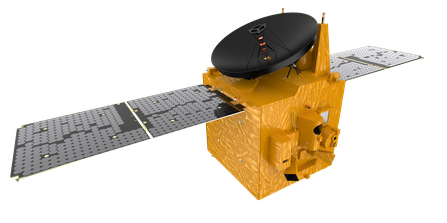
Mars is getting closer and closer, in the popular imaginary and as part of our world map. I have no doubt Mount Olympus is our next Everest.
References:
Yongliao, Z., et al. (2021). Scientific objectives and payloads of Tianwen-1, China’s first Mars exploration mission. Advances in Space Research 67, 812–823.
Wan, W. X., et al. “China’s first mission to Mars.” Nature Astronomy 4.7 (2020): 721-721..
AlShamsi, Mariam, et al. “Scientific Payload of the Emirates Mars Mission: Emirates eXploration Imager (EXI) Overview.” 42nd COSPAR Scientific Assembly 42 (2018): B4-2.
Gibney, E. (2020). Excitement as Arab world’s first Mars probe lifts off. News in focus. Nature 583, 499.
Witze, Alexandra, Smriti Mallapaty, and Elizabeth Gibney. “Countdown to Mars: three daring missions take aim at the red planet.” Nature 583.7815 (2020): 184-188..
Randall, K. (2019). Mars once had salt lakes similar to Earth. TEXAS A&M UNIVERSITY.
